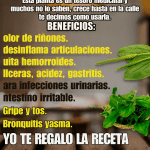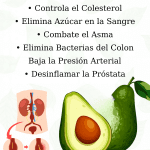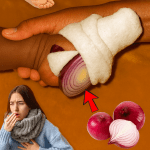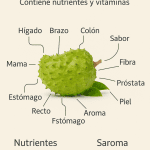Imagine stepping into your lush, vibrant garden, only to spot tiny reddish-brown pests scurrying across your patio furniture or hiding among your plants. Your first thought might be: Are these bedbugs? The internet buzzes with a popular “hack” claiming a sprinkle of salt can wipe them out in minutes. It sounds too good to be true—but is it? Let’s dive into this intriguing garden mystery and separate fact from fiction, revealing why salt might not be the hero you think and sharing proven, garden-safe solutions to keep your outdoor oasis pest-free.
This isn’t just about pest control—it’s about protecting the sanctuary you’ve poured your heart into. Whether you’re a seasoned gardener or a weekend green thumb, the fear of bedbugs invading your space can spark panic. Stick with us as we unravel why salt falls short, identify what you’re really dealing with, and arm you with science-backed strategies to reclaim your garden with confidence.
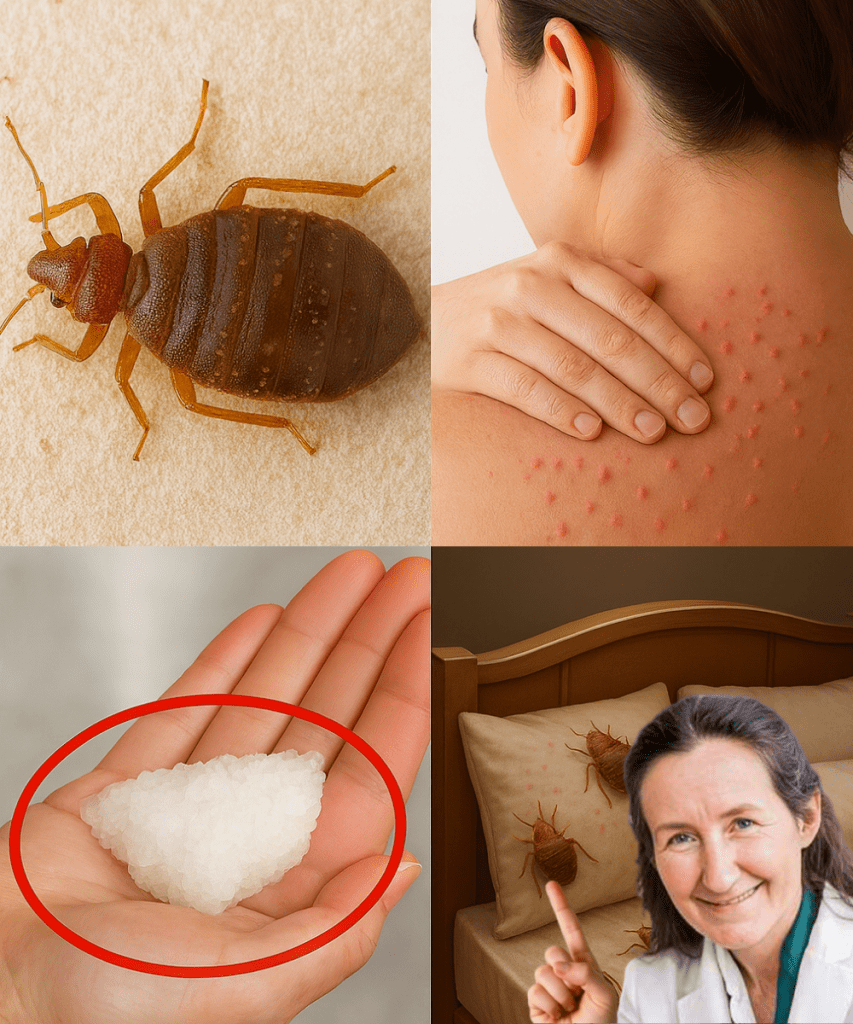
🐞 Are Bedbugs Really Lurking in Your Garden?
The word “bedbug” sends shivers down anyone’s spine, conjuring images of sleepless nights and itchy bites. But before you grab the salt shaker, let’s clear up a common misconception: true bedbugs (Cimex lectularius) are indoor pests. They crave warm, stable environments like mattresses, furniture, or wall cracks—places close to their primary food source: human blood. Finding them in your garden is rare, as they don’t thrive in the unpredictable conditions of the outdoors, with its fluctuating temperatures and exposure to elements.
So, what are those tiny reddish-brown bugs in your garden? Chances are, they’re harmless look-alikes like firebugs, boxelder bugs, or beetles. These imposters mimic bedbugs in color and size but pose no threat to you or your plants. Firebugs, for instance, feed on seeds and are often spotted in clusters, while bedbugs stick to blood diets and prefer human proximity. Misidentifying these critters can lead to wasted time and effort, so let’s start by confirming the enemy before waging war.
To identify true bedbugs, look for flat, oval-shaped bodies about the size of an apple seed, with a reddish-brown hue. They leave telltale signs like dark fecal spots or shed skins in their hiding spots. If you’re seeing these in your garden furniture or cracks, it’s time to act—but salt isn’t the answer.
🧂 Why Salt Won’t Save Your Garden from Bedbugs
The idea of using salt to banish bedbugs is seductive in its simplicity. After all, salt works wonders against soft-bodied pests like slugs, dehydrating them on contact. Sprinkle some table salt, and slugs shrivel up—problem solved. So why not bedbugs? Unfortunately, these pests are built differently, and salt’s magic doesn’t translate. Here’s why this popular hack is more myth than miracle:
Hardy Defenses: Bedbugs have a tough, waxy exoskeleton that acts like armor, shielding them from dehydration. Unlike slugs, which have soft, permeable skin, bedbugs are built to withstand harsh conditions, making salt’s drying effect nearly useless.
Picky Eaters: Bedbugs feed exclusively on blood, not plant matter or crumbs. Sprinkling salt won’t tempt them to ingest it, and they won’t crawl through it willingly. This means salt can’t disrupt their biology the way it does with other pests.
Hidden Eggs: Even if salt could harm adult bedbugs, it’s powerless against their eggs, which are tucked away in cracks and crevices. These tiny, resilient eggs can hatch later, restarting the infestation cycle.
Soil Risks: Dumping salt in your garden isn’t just ineffective—it’s harmful. Excess salt alters soil pH, dehydrates plant roots, and disrupts the delicate balance of your garden’s ecosystem. Over time, it can stunt plant growth or even kill your prized flowers and veggies.
The salt myth likely stems from its success against other pests, but bedbugs are a unique challenge. Relying on this trick could leave you frustrated and your garden worse off. Instead, let’s explore smarter, safer solutions that actually work.
🌿 Proven, Garden-Safe Alternatives to Protect Your Oasis
If salt isn’t the answer, what is? The good news is that you don’t need harsh chemicals or costly exterminators to keep your garden pest-free. These natural, science-backed remedies target bedbugs (or their look-alikes) effectively while keeping your plants and soil healthy. Let’s break them down:
🌾 Diatomaceous Earth: The Natural Assassin
Diatomaceous earth (DE) is a fine, powdery substance made from fossilized algae. It works by scratching the waxy outer layer of insects, causing them to dehydrate and die. Food-grade DE is safe for gardens and humans when used sparingly. Sprinkle it lightly around outdoor furniture, patios, or cracks where pests hide. Be sure to reapply after rain, as water reduces its effectiveness. This method is a game-changer for tackling tough pests without harming your plants.
🔥 Heat Treatment: Cook the Critters
Bedbugs can’t survive temperatures above 120°F (49°C). If you suspect infested cushions, rugs, or small garden items, seal them in black plastic bags and place them in direct sunlight for a few hours. The heat trapped inside will kill both bugs and eggs. This method is eco-friendly, cost-free, and highly effective for small-scale infestations. Just ensure the items can handle the heat without damage.
🧴 Vinegar Spray: A Quick Contact Killer
A simple mix of equal parts water and white vinegar in a spray bottle can kill bedbugs on contact. The acetic acid disrupts their nervous system, making it a great spot-treatment for visible pests. Spray directly on bugs you see on furniture or garden structures, but avoid drenching plants, as vinegar’s acidity can harm delicate foliage. This is a fast, affordable option for immediate relief.
🌱 Herbal Deterrents: Nature’s Repellents
Certain herbs naturally repel pests with their strong scents. Lavender, thyme, and mint are particularly effective. Place sachets of dried herbs in outdoor seating areas, near garden sheds, or in cracks where bugs might hide. Not only do these smell delightful, but they also create an unwelcoming environment for pests. For a longer-lasting effect, plant these herbs around your garden’s perimeter to form a natural barrier.
🧹 Vacuum and Clean: The First Line of Defense
A thorough cleaning can work wonders. Use a vacuum with a hose attachment to suck up bugs, eggs, and debris from outdoor cushions, cracks, or wooden structures. Seal the vacuum bag in a plastic bag and dispose of it immediately to prevent escapees. Regular cleaning of garden furniture and storage areas reduces hiding spots and keeps pest numbers in check.
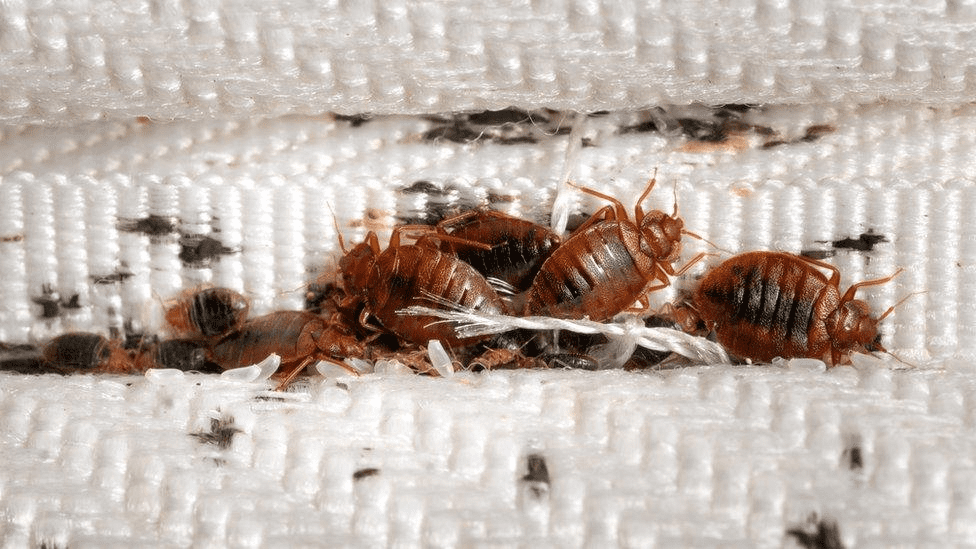
⚠️ Safety First: Tips to Avoid Common Pitfalls
Before diving into pest control, take these precautions to protect your garden and loved ones:
Confirm the Pest: Misidentifying bugs can lead to ineffective treatments. Use a magnifying glass or consult a local extension service to confirm whether you’re dealing with bedbugs or harmless look-alikes.
Protect Your Plants: Avoid overusing DE or vinegar near plants, as both can affect soil health or foliage if applied excessively. Always follow product instructions.
Keep Pets and Kids Safe: Store DE, vinegar, and other remedies out of reach. While natural, they can irritate skin or eyes if mishandled.
Know When to Call a Pro: If you’re facing a large or persistent infestation, especially indoors, a professional pest control service can provide targeted treatments without risking your garden’s health.
🌸 Reclaim Your Garden with Confidence
Your garden is more than just plants—it’s a haven for relaxation, beauty, and connection with nature. The idea of bedbugs invading that space can feel like a personal attack, but don’t let fear or myths like the salt trick steer you wrong. By understanding what you’re up against and using proven methods like diatomaceous earth, heat treatments, vinegar sprays, and herbal deterrents, you can protect your outdoor sanctuary without harming your plants or soil.
Next time you spot a suspicious bug, skip the salt shaker and reach for these science-backed solutions. Your garden deserves the best defense, and now you’re equipped to deliver it. What’s your go-to pest control tip? Try these methods and let your garden thrive—pest-free and flourishing!



